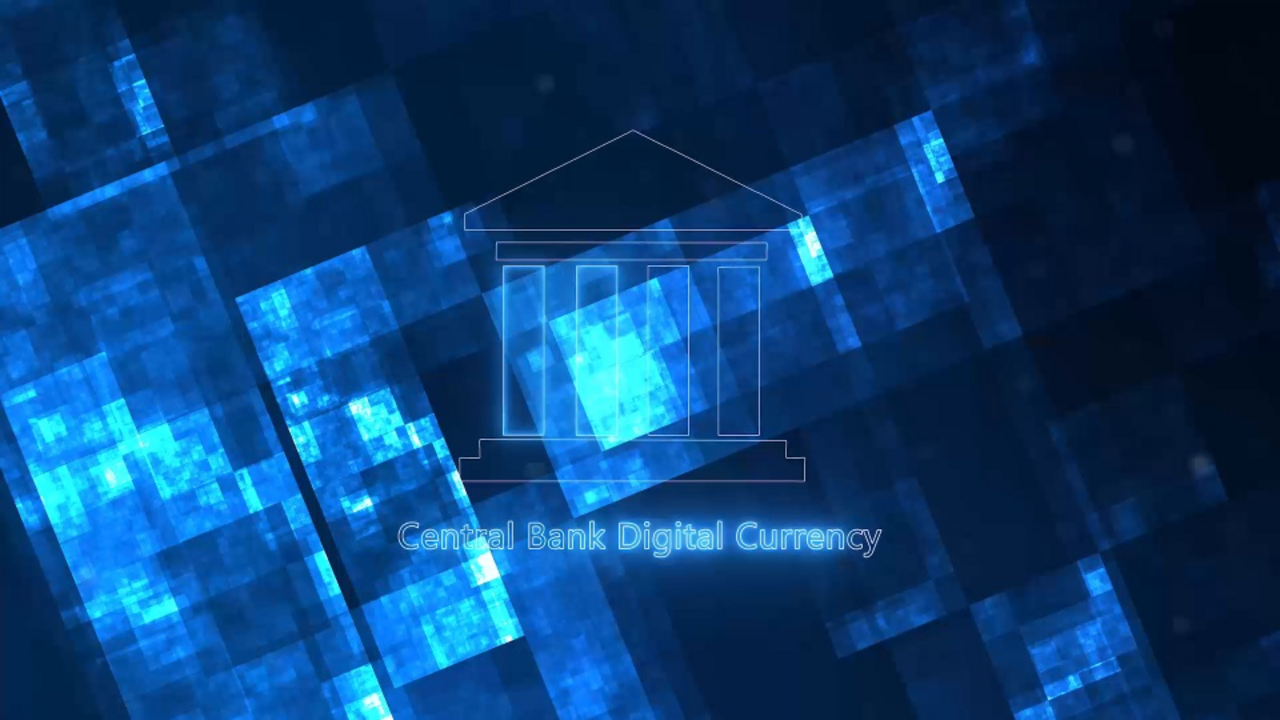Some central banks recognized the importance of the digital national currency mega-trend very early on, with China, South Africa, and Ghana being among the countries already piloting solutions. The European Central Bank is likewise currently considering whether and when it might be feasible to issue a digital euro. The South-East Asian city state of Singapore is also evaluating the possibility of introducing a central bank digital currency (CBDC). In 2021, the Monetary Authority of Singapore (MAS) launched the Global CBDC Challenge, a competition whose jury included representatives from the International Monetary Fund, World Bank, OECD, and UN organizations. Some 300 providers from 50 countries took part. G+D’s Filia® solution was one of the three winners of the competition. The jury praised Filia® as a universal, truly inclusive payment method, which enables users to participate in the digital economy even without having a smartphone or bank account.








